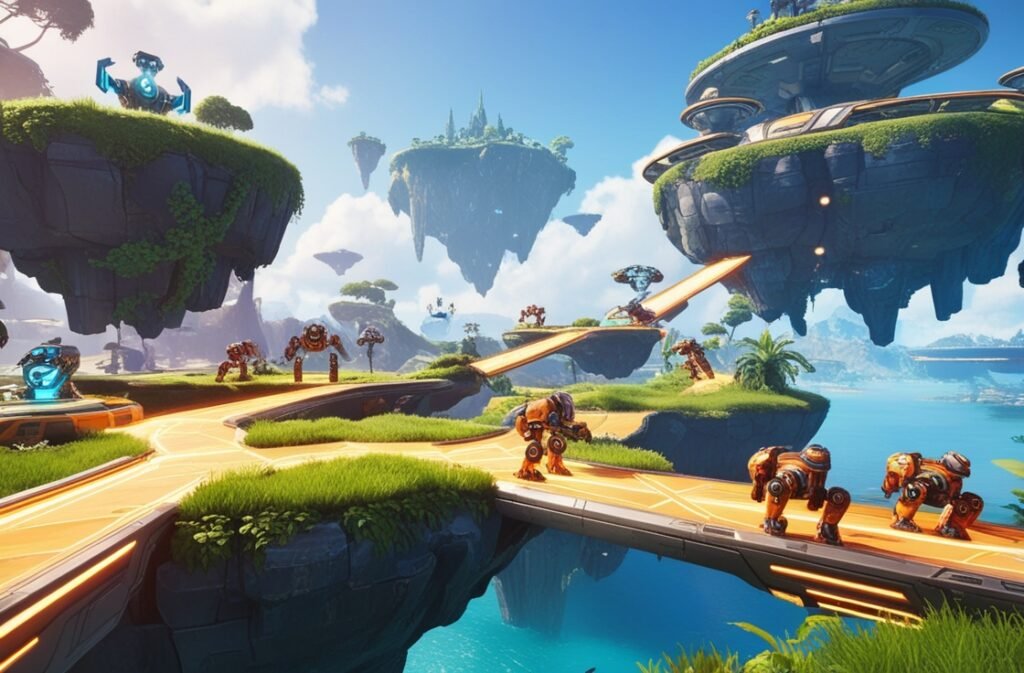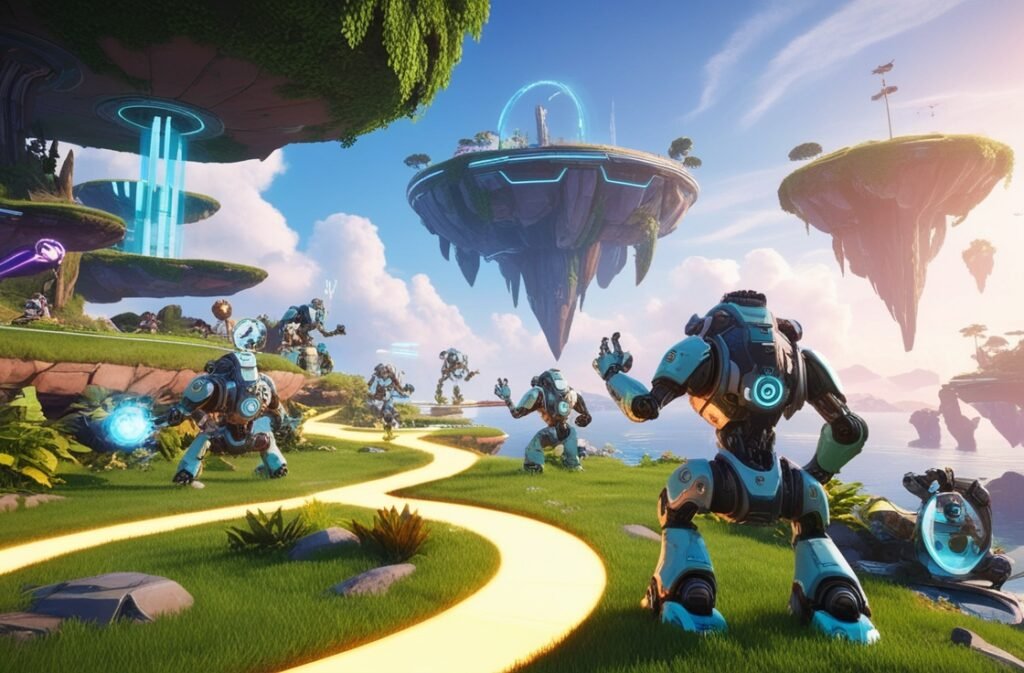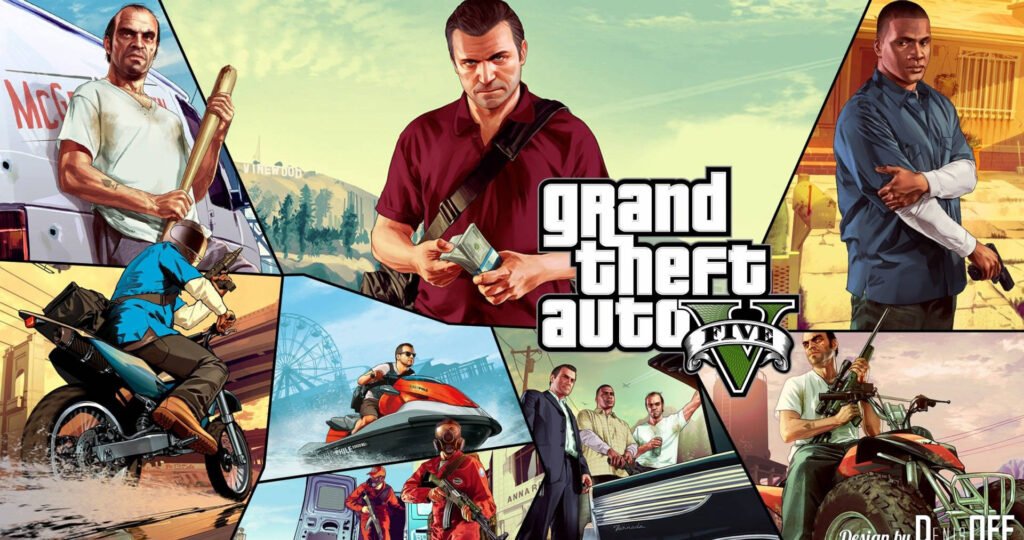Let us briefly take overview of how AI is changing video games in 2024. Under the impact of Artificial Intelligence (AI), the video game division has been one of the most trending technologies and with a lot to offer, gone has been the time where video games were developed, experienced, and played the same way.
AI is the future of gaming innovation in 2024 with new Mechanics, updates to game design, and more immersive, responsive, and more personalized gaming experiences been taken to a new level. In this blog, we endeavor to explain how AI is being used in video games and paving the way for the future of gaming. AI in Gaming: How Artificial Intelligence is Changing Video Games

1. AI-Driven NPCs: (Changing Video Games)
NPCs (non-playable characters) are by far one of the most apparent uses of AI in gaming. Until recently, NPCs were scripted and usually followed predictable repetitive behavior. Now, thanks to integrating AI, it’s possible for NPCs to actually ‘think’ and have some measure of dynamic reaction to player actions.
For example:
Adaptive Behavior: New modern AI driven NPCs respond to players’ behavior. If a player is too aggressive, NPCs could re-adjust them selves, are increasingly defensive, or are trying to trick the player.
Learning AI: One such system is in games like “Middle-earth: Shadow of Mordor” where computer opponents commit to memories of past encounters between the two and improve or take up different tactics depending on how things went when you encountered them previously. The result is unique, ever evolving challenges which make gameplay constantly fresh and unpredictable.
2. Procedural Content Generation
Procedural content generation (PCG), which means that algorithms create game’s levels, environments and challenges in real time, giving us endless possibilities and making for unique experiences for each player, is enabled by AI.
Roguelike Games: AI backed games like No Man’s Sky and Hades use AI to create sprawling, never changing landscapes. Players face procedurally generated worlds instead of static level, which means that it’s always exciting and new.
Dynamic Worlds: A lot of quest, dialogues, and environments become AI generated, making the world feel alive. Now, developers will be able to create large expansive living ecosystems that continually adapt and evolve rather than inputting manually, leading to great replayability of the game.
3. Enhanced Player Experience: Personalization and Customization focusing on.
With the help of AI, game development have been able to provide personalized gaming experiences to each individual player based on their tastes and skill level.
AI-Powered Recommendations: These AI algorithms analyze your player behavior, suggest game strategies, hints and items to your player to make his game play experience better. AI is used on Dota 2 and League of Legends to suggest heroes or champions based on a player’s previous matches.
Dynamic Difficulty Adjustment (DDA): Resident Evil 4 type of games use AI to make the games dynamically difficult. For example if a player is bad the game might make enemy easier to defeat or give more resources to them to create balance and fun.

4. Optimized Graphics and ANI with AI
Creating stunning, life-like visuals and animations is now something that ails of a computer is capable of — even more immersive than ever before.
AI-Generated Graphics: These AI powered tools are NVIDIA’s DLSS (Deep Learning Super Sampling) which uses machine learning to improve the performance of graphics by upscaling images to a higher resolution in real time. Of course, this means more smooth frame rates and better visuals without overstraining hardware.
Realistic Animations: Also, using AI, it’s also easier to make more fluid and realistic animations. Using AI algorithms based on motion capture data, character movements become more natural and responsive. There are more immersive storytelling with AI generated facial expressions and body language.
AI tools have become absolute necessities for game developers, helping not only automate repetitive work but also helping them concentrate on more creative parts.

5. AI in Game Development: Streamlining Production
Automated Testing: Bots powered by AI are capable of accelerating video games in testing for bugs, glitches and exploits much harder than human testers can. It greatly cuts down on the amount of time testers spend in quality assurance, making for a smoother launch of the games.
AI-Driven Content Creation: Developers can now only give just a few words as inputs and AI tools will generate 3D models, textures and even whole game environments. As a result, this has reduced the production time frame and therefore, can allow smaller teams to produce high quality games in a shorter amount of time.
Also read:
GTA 5 Versus GTA Online: Which One Should You Go For?


